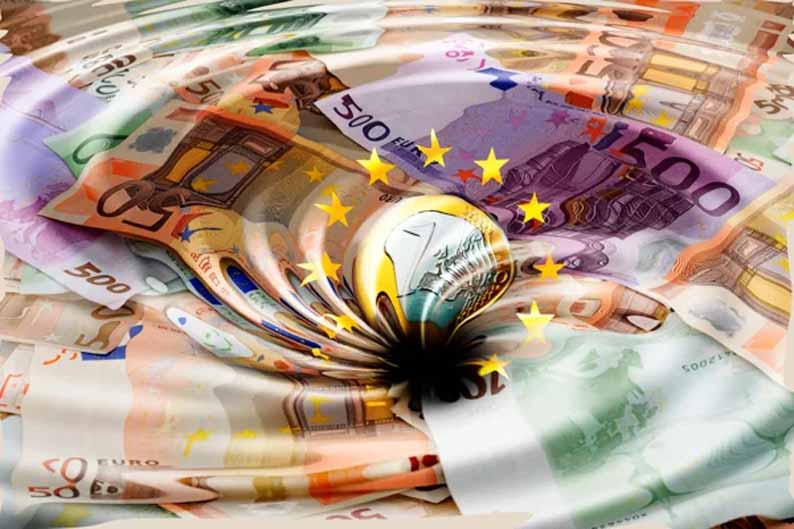By Craig Erlam
Eurozone headline inflation was slightly lower than the 5.3% initially reported in August, while core was unrevised and is now modestly higher.
Both are expected to fall going into next year and Tuesday’s revisions are unlikely to alter the view of the ECB which has already decided that no more rate hikes will likely be needed.
As with all favourable data, it may come as a small relief that surprises in the data are finally in the right direction.
Shortly after the data, the OECD released its growth forecasts for this year and next and it won’t come as a surprise that the eurozone has seen its downgraded by 0.3% and 0.4%, respectively. That lower activity is likely what’s led to the ECB probably calling it a day on rate hikes.
Also interesting from the forecasts ahead of the Fed meeting was that the US saw upgrades for both years, very much against the trend.
That resilience has contributed to inflation rising higher than expected and being harder to contain. It may also encourage the Fed to hold off from signalling the end of the cycle on Wednesday, as the ECB did last week.
RBA signals tightening cycle over
Minutes from the RBA meeting earlier this month show the board considered raising interest rates by another 25 basis points, but decided the downside risks to inflation from the lagged effect of past hikes outweigh upside risk factors including high services inflation.
While the Australian central bank remains open to further increases in the future, it would appear the RBA can add its name to the list of central banks that are likely done with their tightening cycles, with plenty more likely joining them this week.
Oil rally maintains momentum
Oil prices are continuing to trend higher, with Brent surpassing $95 a barrel for the first time since November as the OPEC+ alliance continues to restrict supply.
While members may insist the goal is to rebalance the market, unlike other times over the last year, the measures are now having a significant impact on the price which should force a rethink over the coming months.
At a time when central banks are starting to see the light at the end of the inflation tunnel, $100+ oil will be incredibly unwelcome and unhelpful.
I’m not sure there’s much economic sense in tipping the world economy into recession if OPEC+ persevered with these cuts, which makes me question how high the price will go and how sustainable it will be.
Cautious trading in gold
Gold is trading a little flat on Tuesday, perhaps showing a little caution ahead of the Fed meeting after a decent recovery in recent days.
The yellow metal slipped back toward $1,900 amid resilient economic figures from the US that fed into fears of interest rates staying high for longer, as the central bank has repeatedly warned.
The question now for gold traders is whether the Fed is willing to acknowledge that it’s probably done with rate hikes, as we heard from the ECB last week, or continue to insist another is likely.
The dot plot will be key to this, but as always, traders will hang on Jerome Powell’s every word. A hawkish tone from the Fed could put $1,900 in jeopardy.
Craig Erlam is Senior Market Analyst, UK & EMEA at OANDA
Opinions are the author’s, not necessarily that of OANDA Global Corporation or any of its affiliates, subsidiaries, officers or directors. Leveraged trading is high risk and not suitable for all. Losses can exceed investments.







